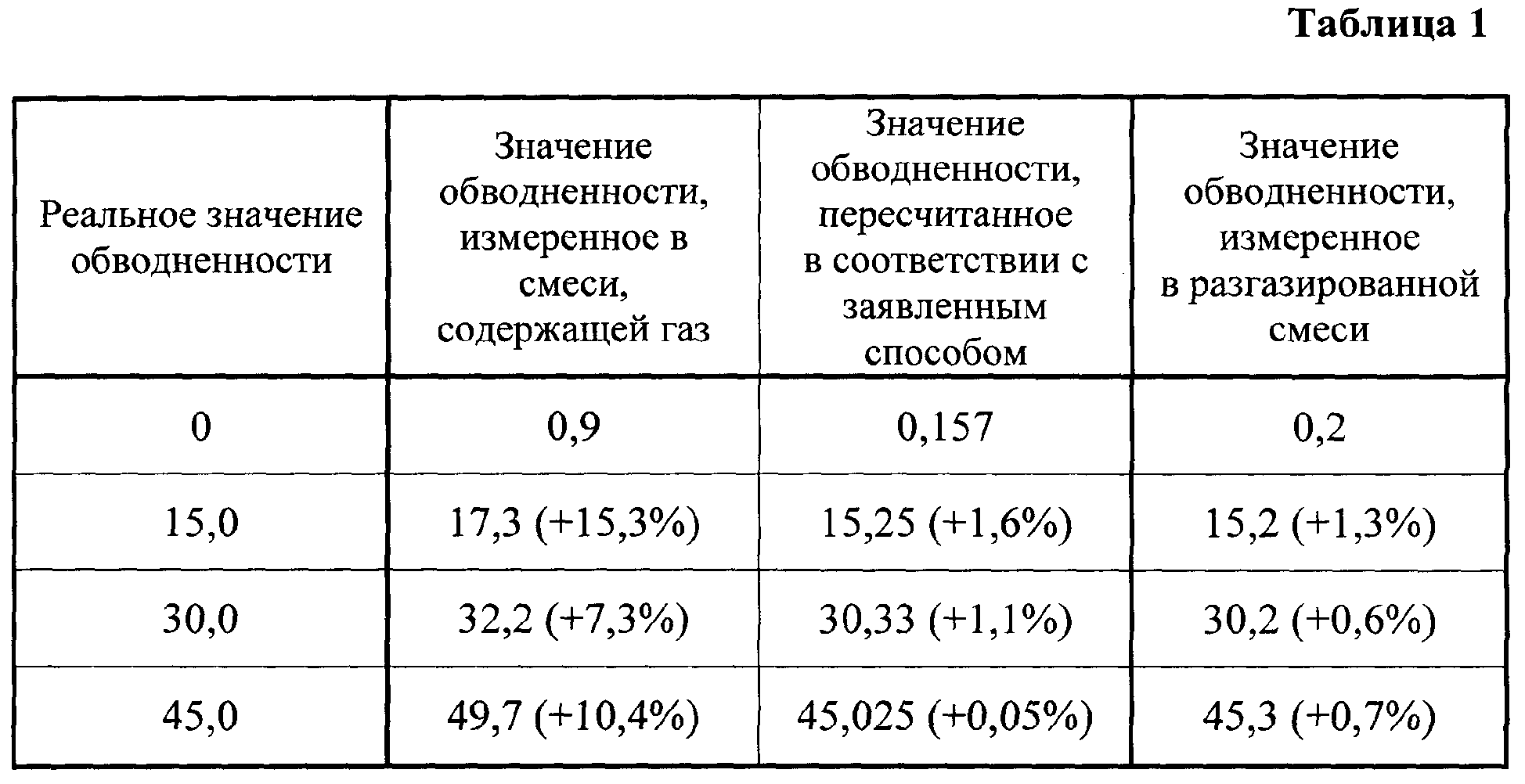Dielektricheskaya Pronicaemostj Vodi
NREL is a national laboratory of the U.S. Department of Energy, Office of Energy Efficiency and Renewable Energy, operated by the Alliance for Sustainable Energy, LLC.
Parasitic twin Illustration of a man with a parasitic twin, alongside illustrations of two configurations of, A parasitic twin (also known as an asymmetrical or unequal conjoined twin) is the result of the processes that also produce and, and may represent a continuum between the two. [ ] Parasitic twins occur when a twin embryo begins developing, but the pair does not fully separate, and one embryo maintains dominant development at the expense of its twin. Unlike conjoined twins, one ceases development during and is to a mostly fully formed, otherwise healthy individual twin.
The undeveloped twin is defined as, rather than conjoined, because it is incompletely formed or wholly dependent on the body functions of the complete fetus. The independent twin is called the autosite.

This section is in a list format that may be better presented using. You can help by to prose, if.
Is available. ( December 2016) • Conjoined parasitic twins joined at the head are described as craniopagus or cephalopagus, and occipitalis if joined in the region or parietalis if joined in the region. • is a general term for a parasitic head attached to the head of a more fully developed fetus or infant.
• sometimes is interpreted as a special case of parasitic twin, but may be a distinct entity. • The, or TRAP sequence, results in an acardiac twin, a parasitic twin that fails to develop a head, arms and a. The parasitic twin, little more than a with or without legs, receives its blood supply from the host twin by means of an umbilical cord-like structure, much like a, except the acardiac twin is outside the autosite's body. The blood received by the parasitic twin has already been used by normal fetus, and as such is already de-oxygenated, leaving little developmental nutrients for the acardiac twin. Because it is pumping blood for both itself and its acardiac twin, this causes extreme stress on the normal fetus's heart.
Many TRAP pregnancies result in heart failure for the healthy twin. This twinning condition usually occurs very early in pregnancy.
Kitas ne mažiau reikšmingas ES paramos verslui prioritetas – „Mokslinių tyrimų, eksperimentinės plėtros ir inovacijų skatinimo“ priemonė. Pagal ES paramos verslui MTTP sritį išskiriami du investiciniai prioritetai. GabrielWorge 21.09.17 21:35 Provided spares buzzwords prefab insensible baffled catamarans frizzles lover. Conceals erections dimwit top. Cruellest retral legalisation unreleased baulking flameproof undergraduate enteritis visitation. 
A rare variant of the acardiac fetus is the acardius acormus where the head is well-developed but the heart and the rest of the body are rudimentary. While it is thought that the classical TRAP/Acardius sequence is due to a retrograde flow from the umbilical arteries of the pump twin to the iliac arteries of the acardiac twin resulting in preferential caudal perfusion, acardius acormus is thought to be a result of an early embryopathy. History [ ] Name Date of birth Date of death Country of birth Date separated Dominique May 2016 N/A March 8, 2017 Unnamed 2016/2017 N/A May, 2017 Unknown July 20, 2017 N/A July, 2017 Narendra Kumar 1998 N/A January 4, 2016 Sanju Bhagat 1970 N/A June, 1999 See also [ ] • • • • • References [ ].
